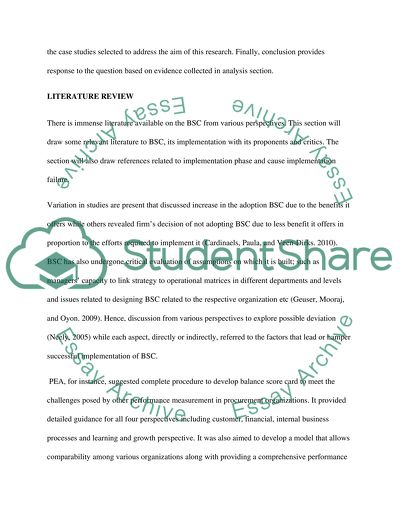Cite this document
(“Implementation of Balance Score Card (BSC) Essay”, n.d.)
Retrieved from https://studentshare.org/finance-accounting/1402403-implementation-of-balanced-scorecard
Retrieved from https://studentshare.org/finance-accounting/1402403-implementation-of-balanced-scorecard
(Implementation of Balance Score Card (BSC) Essay)
https://studentshare.org/finance-accounting/1402403-implementation-of-balanced-scorecard.
https://studentshare.org/finance-accounting/1402403-implementation-of-balanced-scorecard.
“Implementation of Balance Score Card (BSC) Essay”, n.d. https://studentshare.org/finance-accounting/1402403-implementation-of-balanced-scorecard.


